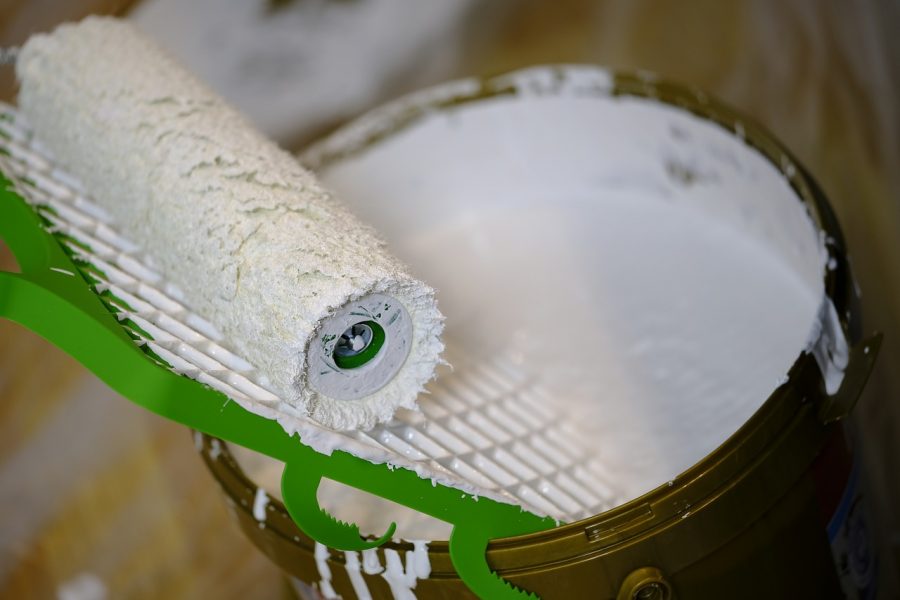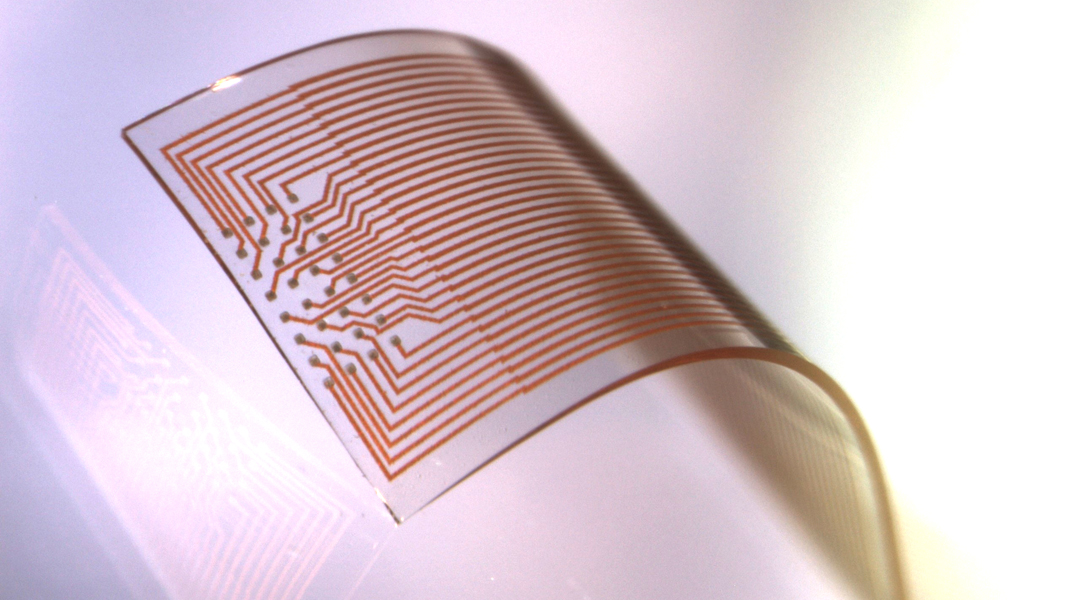Dopant-free, moisture-resistant hole-transport materials (HTMs) for perovskite solar cells based on derivatives of the dye anthanthrone (ANT) are developed by Sagar M. Jain from Swansea University Bay Campus, Prashant Sonar from Queensland University of Technology, and co-workers.
![Moisture-Resistant Perovskite Solar Cells Based on Low-Cost Dye [Video]](https://www.advancedsciencenews.com/wp-content/uploads/2018/04/aenm201703007_ASN_image.jpg)









![Wrinkle-Free Graphene [Video]](https://www.advancedsciencenews.com/wp-content/uploads/2018/03/adma201706504_ASN_image-1.jpg)









